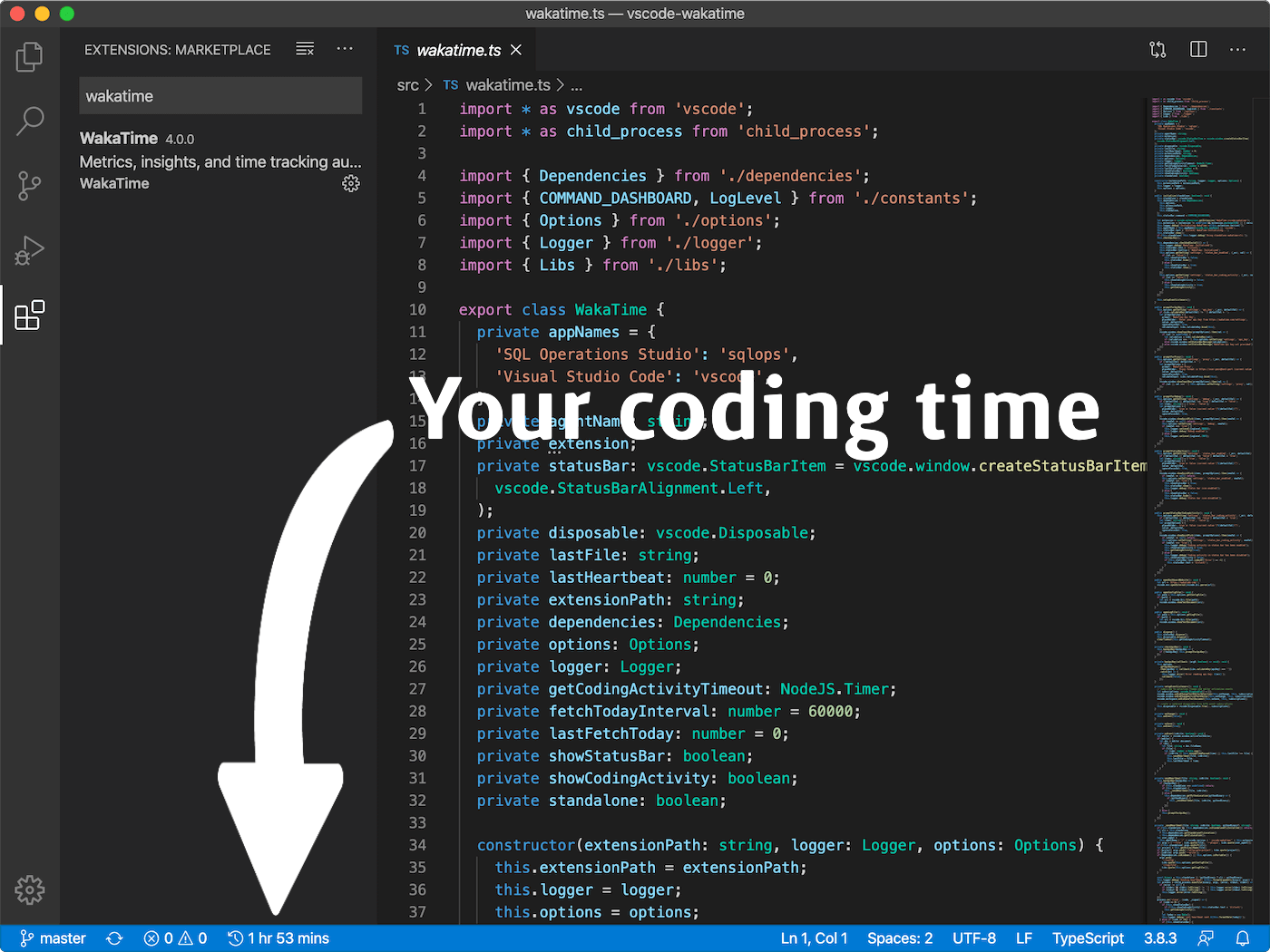
- #Netbeans vs rubymine mac os
- #Netbeans vs rubymine install
- #Netbeans vs rubymine android
- #Netbeans vs rubymine software
- #Netbeans vs rubymine code
Eclipse supports debugging and profiling, letting you resolve the issues found by the automatic error reporting system.Įclipse has many experimental support options that other IDEs may not have, including experimental Edge Browser support, early access to Mac ARM64 support, and support for the latest version of JUnit and Java.
#Netbeans vs rubymine install
Eclipse also lets you install a variety of plugins and development tools to customize your development experience to match your needs.
#Netbeans vs rubymine code
Although it was originally intended for Java development, it now supports a variety of other languages like C, C++, Python, Perl, and more.Įclipse is a cross-platform application, and it lets developers combine code sections using drag and drop functionality.

EclipseĮclipse is one of the most well-known IDEs for Java development.

VS Code is also extensible and customizable, letting developers add extensions to the IDE that add support for different languages or other features like Docker integration. Git commands are built into VS Code making committing code possible directly from the editor. VS Code also learns to predict your lines of code based on your edits and behaviors, saving you time. Teammates can share their terminals, servers, and comments with each other. VS Code lets users collaborate with their teammates and do live, cooperative development together using an extension. It also integrates with the Azure cloud computing service, letting users create development environments in the cloud. VS Code supports the development of mobile, desktop, and web applications and games using languages like Python, C++, Node.JS, ASP.Net, and more. Visual Studio Code (VS Code) is a free, open-source cross-platform editor available for Windows, Linux, and Mac. The Enterprise version of VS comes with additional features like architectural design and validation tools, live unit testing, code coverage, and the IntelliTrace tracing tool to record metrics about the execution of your programs. The Professional version of VS is intended for use by professional developers and has development platform support for Windows, Web, the Azure Stack, Python, Node.JS, Docker tools and more. VS natively allows developers to collaborate with their teammates and do live development together.
#Netbeans vs rubymine android
All versions of VS also have cross-platform development tools in the form of an iOS simulator for windows and the ability to share code between iOS and Android development environments. The “Community” version is free for individual developers, while the “Professional” and “Enterprise” versions of the IDE require a license.Īll versions of VS come with support for safe refactoring, one-click web deployment, graphical debugging and unit testing. There are three different versions of VS provided.
#Netbeans vs rubymine mac os
Visual Studio (VS) is a full-featured development environment, available for Windows and Mac OS platforms. The two IDEs offered by Microsoft are Visual Studio and Visual Studio Code.
#Netbeans vs rubymine software
Microsoft has two different IDEs it offers to the software development community, both of which are incredibly popular amongst developers. Microsoft Visual Studio and Visual Studio Code Automated refactoring and debugging tools are also common IDE tools. Elements like tags, attributes, language reserved words, and properties are typically assigned different colors, letting you more easily look over your code for possible errors.

Many IDEs also come with syntax highlighters, which display different elements of your code in different colors. Most IDEs will also include a debugger to help you evaluate your code and resolve errors.
Compilers compile code into a language your computer can understand while an interpreter is what actually executes the code. The main components of an IDE are a text editor that lets you write code and a compiler/interpreter that lets your computer run the code you have written. IDEs are applications equipped with a graphical user interface (GUI), and designed to make the development of custom software easier. Yet how do you choose the right IDE for your projects? This article will recommend some of the best IDEs out there, describing which languages they support and covering some of their best features. Integrated Development Environments (IDE) make development simpler and easier, letting you check your code for bugs, safely refactor your code, unit test, and more.


 0 kommentar(er)
0 kommentar(er)
